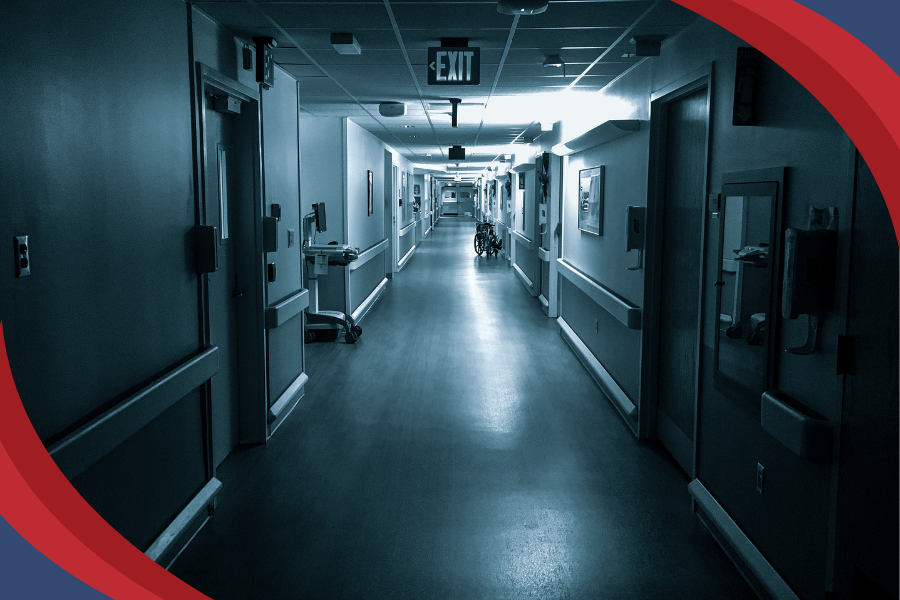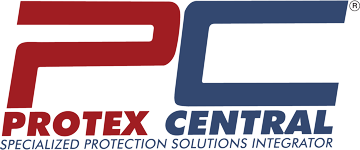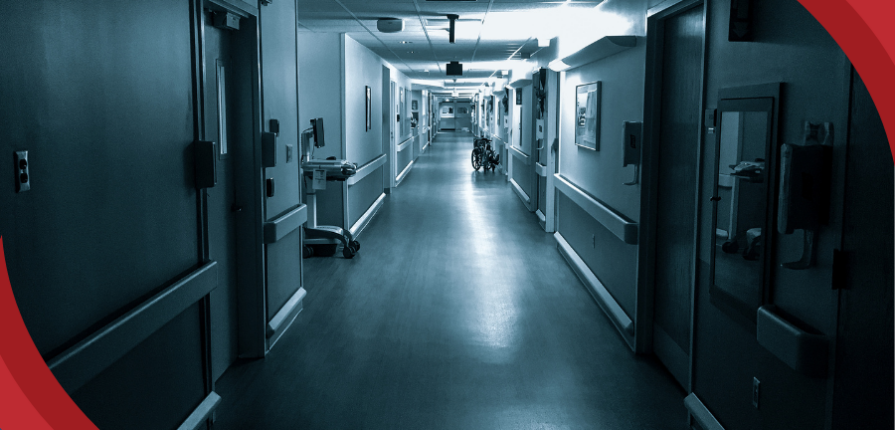
As healthcare providers, your primary focus is on patient care during operating hours. But what happens when the lights go out and your facility is left unattended? At Protex Central, we’ve seen firsthand how vulnerable medical practices can become after hours. Let’s explore the unique challenges of nighttime security for healthcare facilities and effective strategies to protect your practice around the clock.
The After-Hours Security Challenge
Once the last patient leaves and staff head home, medical facilities often become targets for theft, vandalism, and unauthorized access. The absence of watchful eyes and the cover of darkness create opportunities for criminal activities. Here are some key challenges healthcare facilities face after hours:
- Reduced Supervision
Without staff present, there are fewer people to notice and report suspicious activities. - Increased Vulnerability to Break-ins
Empty buildings can be attractive targets for burglars seeking valuable medical equipment or medications. - Data Security Risks
Unattended computer systems and patient records may be vulnerable to cyber attacks or physical breaches. - Safety Risks During Emergency Situations
With fewer people on-site, detecting and responding to emergencies like fires or flooding becomes more challenging. - Compliance Concerns
Maintaining HIPAA compliance and protecting patient privacy is crucial, even when the facility is closed.
Strategies for Enhancing After-Hours Security
To address these challenges, healthcare facilities need a comprehensive approach to nighttime security. Here are some effective strategies:
1.Advanced Surveillance Systems
Implement a robust video surveillance system with the following features:
- Night vision capabilities for clear footage in low-light conditions
- Motion-activated cameras to conserve storage and focus on relevant activity
- Remote monitoring capabilities for security personnel or administrators
- Integration with other security systems for a coordinated response
2. Access Control Measures
Limit and monitor access to the facility after hours:
- Install electronic access control systems for staff and authorized personnel
- Implement a check-in/check-out system for any after-hours activities
- Reduce the number of accessible entry points during nighttime hours
- Use smart locks that provide audit trails of access attempts
3. Lighting and Visibility
Enhance visibility to deter potential intruders:
- Install motion-activated lighting in key areas
- Ensure parking lots, walkways, and building perimeters are well-lit
- Trim vegetation near buildings to eliminate potential hiding spots
4. Alarm Systems and Monitoring
Implement comprehensive alarm systems:
- Install intrusion detection systems on doors, windows, and other potential entry points
- Set up a central monitoring station for immediate response to alarms
- Consider acoustic sensors to detect breaking glass or other suspicious sounds
5. Cybersecurity Measures
Protect patient data and digital assets:
- Implement robust firewalls and encryption for all digital systems
- Use virtual private networks (VPNs) for any remote access
- Regularly update and patch all software systems
6. Staff Training and Protocols
Prepare your staff for after-hours security:
- Develop clear protocols for staff working late or accessing the facility after hours
- Train cleaning and maintenance staff on security procedures and reporting suspicious activities
- Establish an emergency communication system for after-hours incidents
7. Collaboration with Local Law Enforcement
Foster a strong relationship with local police:
- Arrange for regular patrols of the facility during nighttime hours
- Provide law enforcement with access to your security systems for faster response
- Conduct joint security assessments to identify and address vulnerabilities
8. Secure Storage for Sensitive Items
Protect valuable assets and sensitive materials:
- Use secure, locked cabinets for medications and controlled substances
- Implement a safe or vault for storing valuable equipment when not in use
- Ensure all patient records are securely stored or locked away after hours
9. Regular Security Audits
Continuously assess and improve your security measures:
- Conduct regular nighttime security walkthroughs to identify vulnerabilities
- Review and update security protocols based on new threats or incidents
- Analyze security data to identify patterns and areas for improvement
10. Technology Integration
Leverage technology to enhance security:
- Use AI-powered analytics to detect unusual patterns or behaviors
- Implement a centralized security management system for coordinated responses
- Consider remote monitoring services for 24/7 surveillance
Real-World Impact
We’ve seen the difference these measures can make. One dental practice we worked with experienced a 90% reduction in after-hours security incidents after implementing a comprehensive security plan. A small medical clinic eliminated unauthorized access attempts by installing smart access control systems and improved lighting.
Balancing Security and Accessibility
While enhancing security is crucial, it’s important to balance these measures with the need for emergency access and after-hours care. Many healthcare facilities serve as community resources, potentially offering urgent care or emergency services. The key is to implement security measures that allow for controlled, monitored access rather than completely locking down the facility.
Consider these approaches:
- Designate specific areas for after-hours patient care and secure the rest of the facility
- Implement a check-in system for all after-hours visitors
- Provide supervised access to facilities through on-call staff or security personnel
The Role of Technology in After-Hours Security
Advancements in security technology offer powerful tools for protecting your medical facility:
- Cloud-based video management systems allow for remote monitoring and quick incident review
- AI-powered analytics can detect unusual behavior and alert security personnel
- Mobile apps enable staff to manage access control and view security feeds from anywhere
By leveraging these technologies, healthcare facilities can maintain a high level of security without significantly increasing personnel costs.
A Proactive Approach to Nighttime Security
Remember, effective after-hours security is about more than just preventing break-ins. It’s about creating a safe environment that protects your patients’ data, your valuable assets, and your practice’s reputation.
By implementing a comprehensive after-hours security strategy, you’re not just protecting buildings and equipment – you’re preserving the trust your patients place in you to safeguard their health information and ensure a safe environment for care. You’re also demonstrating to your community that safety and privacy are top priorities at all times, not just during operating hours.
At Protex Central, we’re committed to helping healthcare facilities create safe environments around the clock. Our expertise in medical facility security can help you identify vulnerabilities and implement effective after-hours security measures tailored to your practice’s unique needs.
Don’t wait for an incident to reveal the gaps in your nighttime security. Take action now to protect your medical facility when you’re not there. Your proactive approach could prevent costly damage, theft, or even more serious security breaches.
Commercial Security Company Near Me
Ready to enhance your medical facility’s after-hours security? Contact Protex Central at (800) 274-0888 for a comprehensive nighttime security assessment. Let’s work together to create a safer healthcare environment, 24 hours a day, 7 days a week. Your practice’s security is our round-the-clock commitment.



License Info
USDOT Number: 210786
Connect with Us